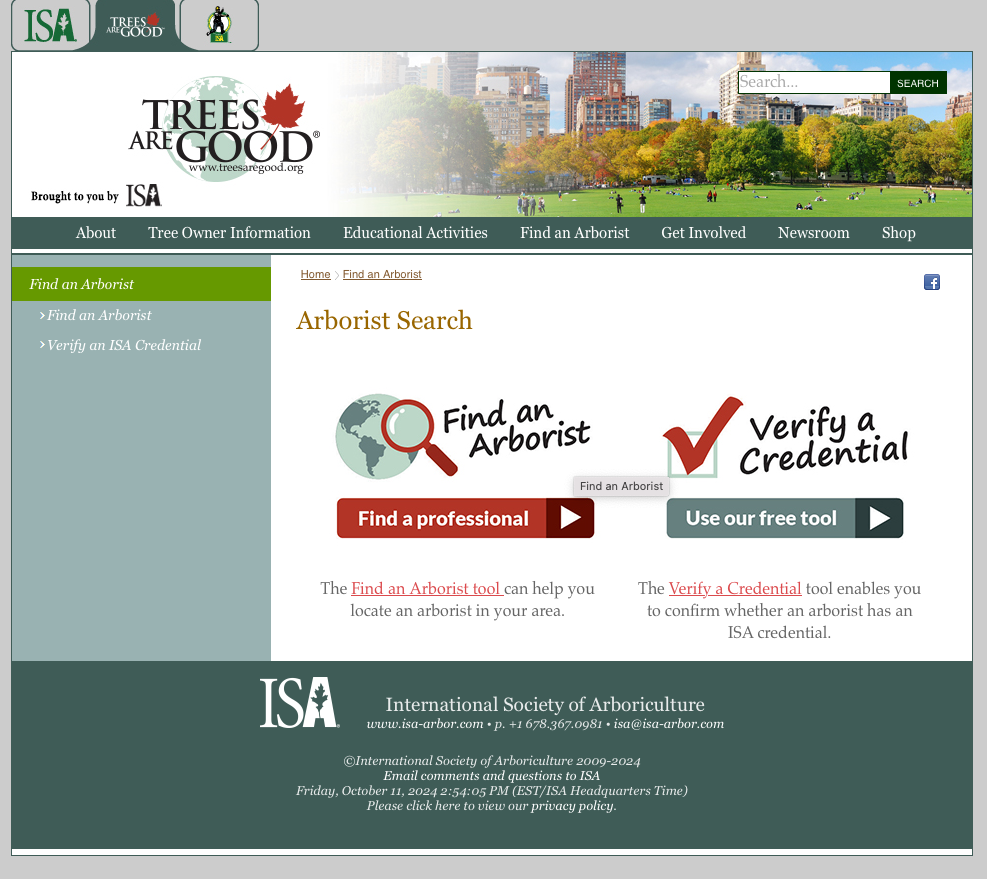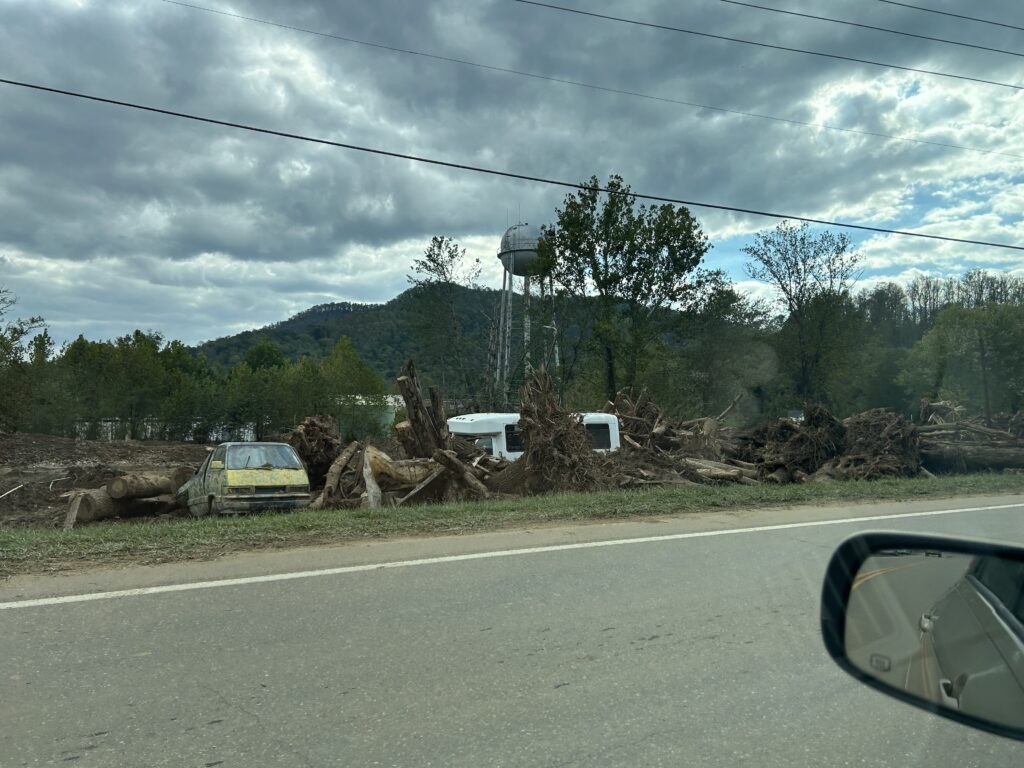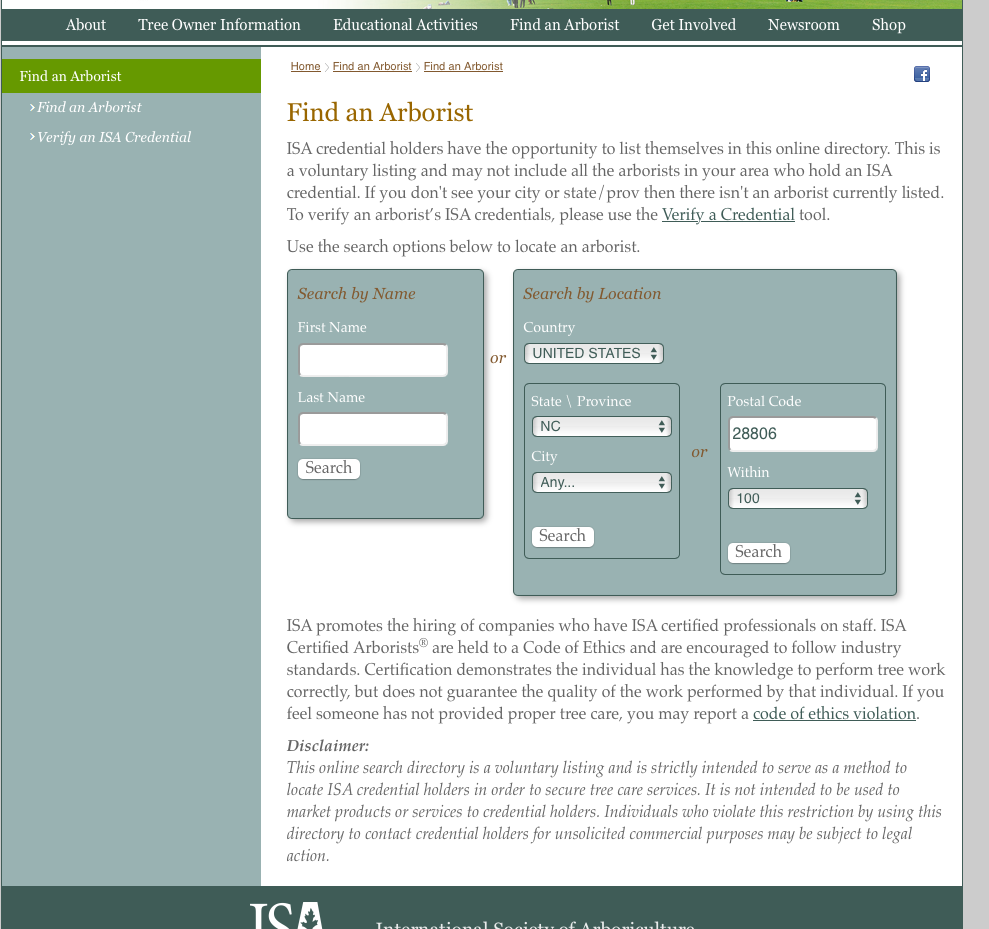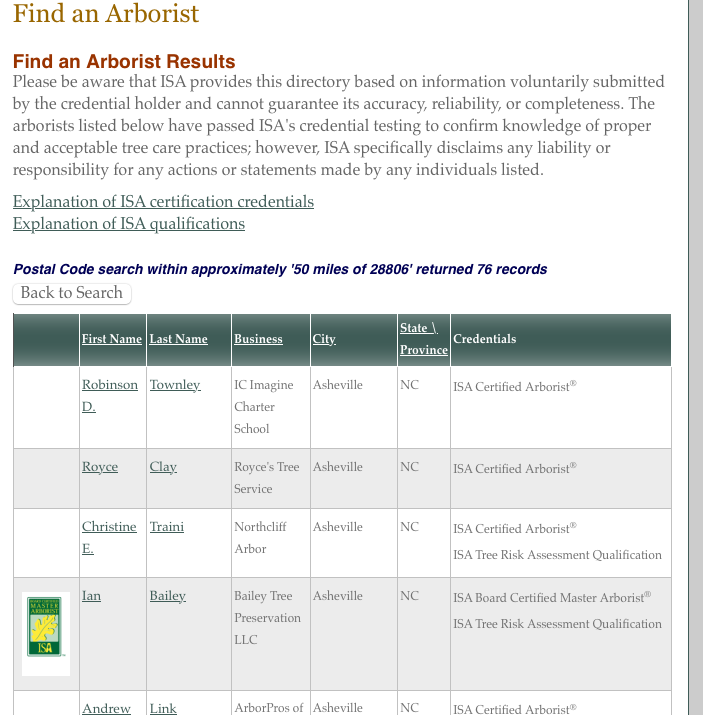How to Choose a Tree Care Company to Aid in Disaster Clean-Up
go.ncsu.edu/readext?1032808
en Español / em Português
El inglés es el idioma de control de esta página. En la medida en que haya algún conflicto entre la traducción al inglés y la traducción, el inglés prevalece.
Al hacer clic en el enlace de traducción se activa un servicio de traducción gratuito para convertir la página al español. Al igual que con cualquier traducción por Internet, la conversión no es sensible al contexto y puede que no traduzca el texto en su significado original. NC State Extension no garantiza la exactitud del texto traducido. Por favor, tenga en cuenta que algunas aplicaciones y/o servicios pueden no funcionar como se espera cuando se traducen.
Português
Inglês é o idioma de controle desta página. Na medida que haja algum conflito entre o texto original em Inglês e a tradução, o Inglês prevalece.
Ao clicar no link de tradução, um serviço gratuito de tradução será ativado para converter a página para o Português. Como em qualquer tradução pela internet, a conversão não é sensivel ao contexto e pode não ocorrer a tradução para o significado orginal. O serviço de Extensão da Carolina do Norte (NC State Extension) não garante a exatidão do texto traduzido. Por favor, observe que algumas funções ou serviços podem não funcionar como esperado após a tradução.
English
English is the controlling language of this page. To the extent there is any conflict between the English text and the translation, English controls.
Clicking on the translation link activates a free translation service to convert the page to Spanish. As with any Internet translation, the conversion is not context-sensitive and may not translate the text to its original meaning. NC State Extension does not guarantee the accuracy of the translated text. Please note that some applications and/or services may not function as expected when translated.
Collapse ▲After a disaster, tree clean-up is a priority especially in western North Carolina. It is important to remember that when hiring a tree care company, that not all companies are equal.
Beware of people soliciting work door-to-door without identification on their vehicle, uniform, or I.D. card. These solicitors are common after storms where there is an opportunity to take advantage of those in need to make a quick buck.
Storms can often times create risks to both workers and homeowners. Downed electrical power lines requires specific certifications and licensing to be around, and surrounding trees/property can be further damaged if the work is not performed correctly. Licensed tree care professionals can do these tree removals safely and provide a wide range of services to homeowners. Full-service arborists can do anything from transplanting, pruning, managing pests/diseases, tree removal and grind stumps as well as other services. Tree care consultants are typically those that specialize in appraising tree value, diagnose problems, recommend treatment/removal but they don’t perform corrective services. Some tree care professionals are equipped to do both, be sure to understand these differences before hiring a company to come out and look at your property.
This article shares some tips and tricks to ensure that a certified, insured company that is equipped with technical/safety knowledge is working on your property. This is critical to make sure that the job is being done safely, and correctly to minimize property damage and to ensure longevity and overall health of your landscape.
How to find certified arborists:
Visit treesaregood.org and select the Find an Arborist tool to see accredited arborists with ISA certifications near you! All you have to do is select the United States from the country drop-down list and enter your zip code. You will then see a list of arborists in your area that are certified and insured. See the photos below that will help guide you through this simple process:
- Select the Find an Arborist tool on the left hand side of the options. Note that on the right hand side, you can verify if an individual is listed as a ISA certified arborist

- Select from the drop down menu for ‘Country’ on the right hand side of the screen the United States.
3. Select North Carolina from the drop-down menu from the state/province drop down menu, and input your address or simply your zip code. From there click the Search bar at the bottom right of your screen.
4. You will now see a complete table listed with ISA certified arborists in your region. Note that beside each arborist it will list specific accreditation categories that include tree risk assessment as well as others (see Credentials column below). Note that the company name is also given, as well as the first and last name of the specific arborist. To find contact information for the company, simply click on the arborist’s name and their contact information will be pulled up.
What to look for in a recommended arborist:
Certifications– ask for proof of membership in professional organizations or certifications. See below for a common list of organizations and accredited certifications for arborists including the ISA certification.
- International Society of Arboriculture (ISA): there are 2 different categories:
-Certified Arborist: requires one written exam demonstrating broad basic knowledge of tree biology, species ID/selection, plant nutrition, proper planting, pruning, and problem diagnosis/management. It also requires 30 hours of continuing education every 3 years.
-Certified Tree Worker: Two exams including a oral test on all aspects of tree care, and a practical exam including climbing skills, and aerial rescue procedures which requires 15 hours of education every 3 years.
- Tree Care Industry Association: provides accreditation and certification with membership consisting of commercial tree service firms. This organization has developed sets of standards for pruning, and other techniques used in the industry.
- The American Society of Consulting Arborists: Membership for arborists who specialize in consulting work for treatment, and legal testimony in court. It requires extensive work experience, professional affiliation, and references and signifieds a high degree of professionalism in arboriculture.
- North Carolina Board of Registration for Foresters: Register foresters focus on management of forests and wild lands for forage, wood, water, recreational opportunities, and wildlife. This requires a bachelors of science in Forestry or six years of experience in the field while also passing a comprehensive exam. Ten hours of continuing education are required each year.
Insurance:
Request a certificate of insurance (including proof of liability for personal and property damage). This can be sent directly from an insurance agent and doesn’t cost either party any money. This ensures that the policy is current, and present. This is important and if a tree care service is uninsured, homeowners can be held financially responsible if an uninsured worker is hurt on their property.
References:
Ask for and verify local references. This allows you to know a general track record of the quality of their work, and how important customer retention as well as customer feedback is to the business. Experience, education, and a good reputation are all signs of a good arborist.
Estimates:
Obtain clear estimates from more than one arborist if possible, or at least make sure that the estimate obtained is clear on what services will be rendered, and lists the cost for those specific services. There may be a fee for the estimate but a second opinion can be invaluable. The arborist’s skill, reputation and professionalism may be more important than a lower bid.
Cost:
Commercial arborists make large investments in equipment and training, including labor, insurance, and continuing education. The price charged for the job reflects theses costs, and should also leave room for a reasonable margin of profit. A possible way to cut costs of tree removal or other services after a storm event is possibly coordinating with neighbors to potentially receive a group-wide discount. Consult with your tree service provider before hand to see if this is possible.
Contract:
A clear contract is key to preventing any misunderstandings and assuring that work meets appropriate standards. Most companies have their own form, and conditions can vary. Read the document in its entirety and if filing insurance claims, be sure to talk to your agent, and adjustor before signing any contracts! There are several key provisions in a contract to look for:
- Beginning and end date for tree care work.
- Clear statement of work to be done. For example, this could be a statement that says “cutting and removing of any felled trees on property that were previously identified including 3 white oaks, and 2 hickories in front yard and 2 sourwood trees identified in back yard”.
- Specify that work will be done to a professional standard.
- Specifies what clean-up work will be done and when (some tree companies will cut tree up but will not remove debris. Landscape contractors can be used to clean general debris from landscape if it doesn’t involve tree removal.)
- Clarify who will get firewood, wood chips, or other materials. If the wood is for the homeowner, you can specify length desired in the contract or it can be generalized. It should also be stated where the wood should be piled or stacked.
- Clarify if tree stump grinding is included. Generally stump grinding is done to the stump and surface roots to one foot below grade.
- What is the absolute dollar amount to be charged? Don’t leave room for confusion over whether the job is priced per tree, or for the whole job. If there is a rate per hour, be sure that it is specified as work is generally priced as a single fee for the whole job or it is charged on a hourly basis plus materials. If it is a hourly job, be sure that there is language such as “hours not to exceed….” to ensure a reasonable limitation on the job being performed.
FEMA: TREE REMOVAL ASSISTANCE IN DISASTERS
FEMA may consider trees to be hazardous and eligible if the Applicant can attribute the damage to the incident and if the tree’s diameter is 6 inches or greater, measures at least 4.5 feet above ground level, and has one or more of the following characteristics:
- Split trunk
- Broken canopy
- Leaning at an angle greater than 30 degrees
In instances where a disaster-damaged tree has 50 percent or more of the root-ball exposed, the tree may be eligible for removal and the root-ball may be eligible for filling. Should FEMA determine that the tree is eligible for funding, the Applicant should note that:
- For contracted removal, FEMA will not reimburse two separate unit costs to remove the tree and its root-ball.
- When trees have less than 50 percent of the root-ball exposed, FEMA only provides Public Assistance funding to flush cut the item at ground level and dispose of the cut portion based on volume or weight; grinding any residual stump after cutting the tree is not eligible.
You can apply for FEMA assistance online and learn more about what is covered at DisasterAssistance.gov or via the FEMA app. You may also call 800-621-3362.
For the latest information about the North Carolina recovery, visit fema.gov/disaster/4827. Follow FEMA on X at x.com/femaregion4 or on Facebook at facebook.com/fema.
Other Resources:
Preventing and Managing Storm Damage to Trees- NC State Extension








